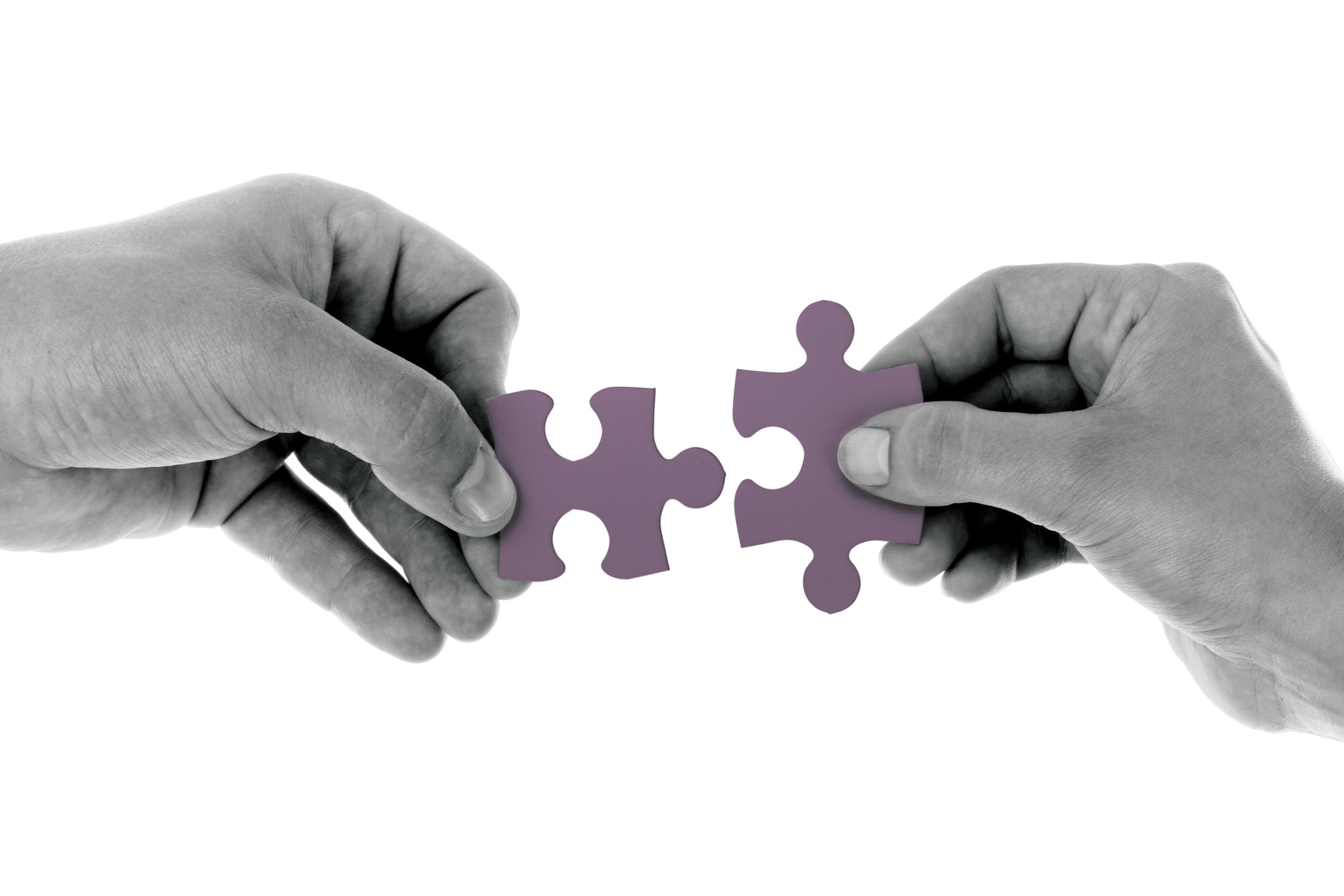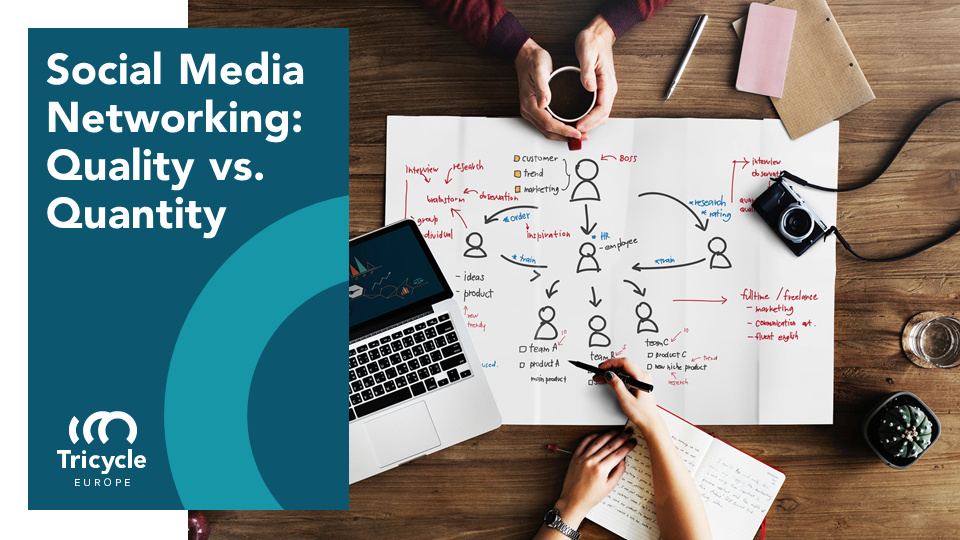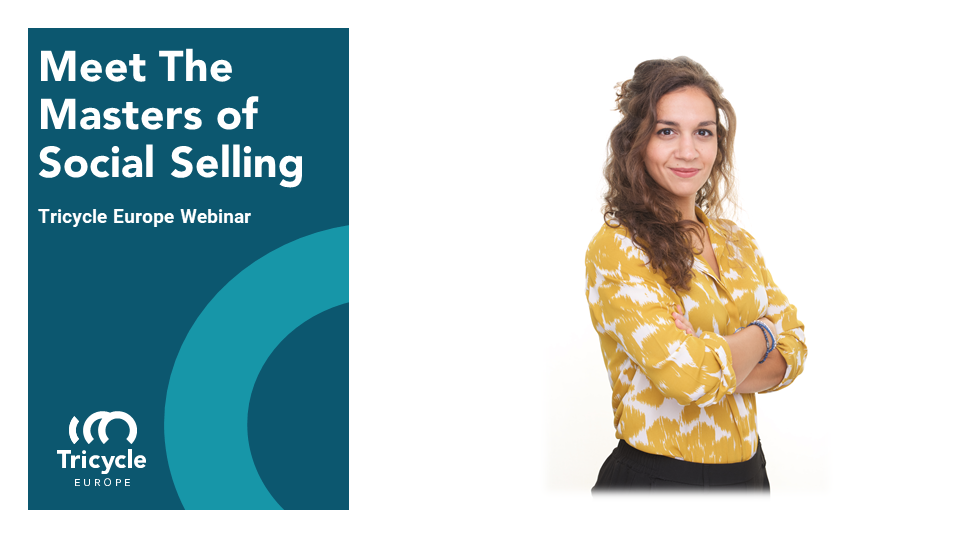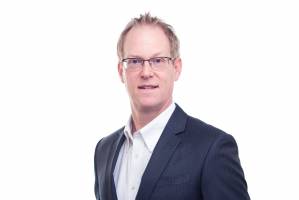One of the myths about social networking is that the larger your network is the better. Unfortunately, this leads to collecting connections instead of gaining the right people to start off the engagement, making your subsequent social outreach more fruitful.
Its just social B2B 101. Initially, everyone reaches out to those key connections or goes further into the quest to hit the LinkedIn connection limit, seeking its unlimited power. However, once that occurs, even the most aggressive connectors often become passive on platforms like LinkedIn. Believing their search is either exhausted, or the allure of their huge network has not paid off, they simply go into the listening mode or enter a state of social stasis.
In either case, there are downsides. Having too many connections that are simply outside of your target market or industry can weaken your ability to really influence. In the case of shifting into social neutral, you really lose the ability to keep expanding your network in today’s digitalized pipeline.
We’ve all been there. We only open LinkedIn when we are going to a meeting with a new client or when someone sends a request. Sure you visit their profile and then determine whether you want to add them. Now obviously if it’s a current customer or lead, then congrats; However, that is the exception to the rule.

To make sure that our network represents our business persona or peer group, we need to change the game and actively connect. We need to capitalize on the ability of social to give us a current industry organizational chart view per company, per role. Searching for and finding the right people to add to your network assures that you will be focusing more on quality connections versus quantity, and keep you actively engaged.
More than 60% of LinkedIn users have less than 1000 connections. – Statista
In my view, there are two main connections to obtain: business decision-makers (BDMs) and helpers. Connecting with BDMs means focusing your connection requests to existing or potential customers and their entire buying committee.

The other connections you must seek are equally important. They are your ‘professional brand helpers.’ Your helpers are the peers, colleagues and industry insiders/ influencers who will help boost your social outreach by engaging with your content online.
Having an active ‘helper’ community can often be the difference in how visible your professional brand really is to your BDMs.
Having some help is key because your content is up against the LinkedIn algorithm. Simply put the more engagement your content has (initially by your helpers), the greater chance it has to be seen by the larger LinkedIn community. But first, it needs enough visibility to pass the initial algorithm ‘spam’ test.

A quick example is when you share a post your ‘helpers’ can immediately start liking, commenting and re-sharing to give it the visibility that ultimately increases its duration in everyone’s news feeds. Mobilizing your helpers to support your great piece of content gives it the best chance to gather enough support to be seen and liked by your BDMs. The algorithm sees the ‘likes’ and positively identifies it as ‘good-to-go,’ opening the door for greater visibility. Simply sharing content isn’t enough; Engagement is the key. If it is shared online and no one likes it, the algorithm makes it go away quickly.
At the end of the day, social only helps if your network is actively helping you get your message out to your intended audience.
In our next article, we will be talking about how contactibility is really the most important part of gaining connections that matter. Simply connecting is merely one part of the equation. The hard division starts when you place that person in your CRM and hope that when someone else reaches out that they will indeed answer the email or call.
In the meantime, you have a great opportunity to keep educating yourself by attending to our next webinar ´Meet the Masters of Social Selling´. In this webinar, we are presenting to you direct success stories from high-level professionals as well as the latest best practices and tips & tricks about social selling. Join us here
Author:
Eric Haar – Business Social Selling Coach




